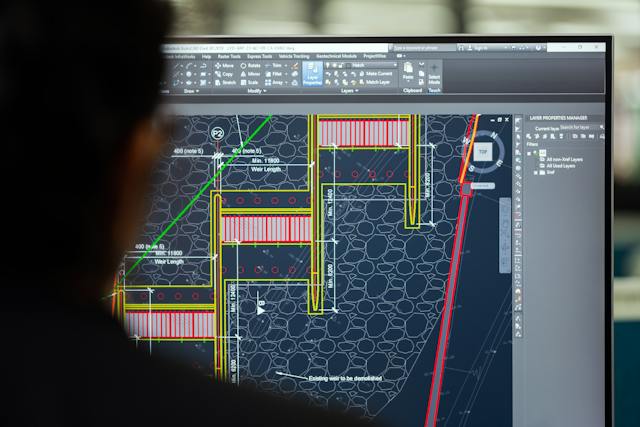In the ever-evolving landscape of web development, the role of prototyping has emerged as a powerful tool that can bridge the gap between concept and execution. This article explores the significance of prototyping in web development projects and delves into how a Webflow developer leverages prototypes to enhance their workflow.
Understanding the Essence of Prototyping
Prototyping is the art of creating a preliminary version or model of a website or web application before diving into full-scale development. It serves as a visual representation of your project’s design, layout, and functionality. While some might argue that it adds an extra step to the development process, the benefits it brings are undeniable.
Streamlining the Design Process
One of the primary advantages of prototyping is its ability to streamline the design process. Instead of committing to a final design and development path right away, you can create a prototype to experiment with various ideas and concepts. This allows you to visualize your project and make necessary adjustments early in the process, saving you time and resources down the road.
Iterative Improvement
Prototyping encourages an iterative approach to web development. You can create multiple versions of your prototype, each refining and enhancing the design based on feedback and insights. This iterative process ensures that the final product is well-polished and user-friendly, as it has gone through several rounds of testing and improvement.
Effective Communication
Prototypes also serve as an invaluable communication tool between developers, designers, and stakeholders. Instead of relying on abstract descriptions or wireframes, a tangible prototype allows everyone involved to see and interact with the design firsthand. This visual representation fosters better understanding and collaboration, reducing the likelihood of misunderstandings or misinterpretations.
User-Centered Development
In the world of web development, user experience (UX) is paramount. Prototyping allows you to put the user at the centre of your design process. By creating interactive prototypes, you can simulate how users will interact with your website or application. This insight enables you to make informed decisions about usability and user interface (UI) design, leading to a more user-friendly final product.
The Webflow Advantage
Webflow is a web design and development platform that has gained popularity for its ability to streamline the web development process. Webflow developers, in particular, benefit greatly from the use of prototypes.
Responsive Design Testing
Webflow enables designers to create responsive websites effortlessly. With the help of prototypes, a Webflow developer can simulate how the site will adapt to different screen sizes and devices. This allows for thorough testing of the responsive design before the actual development begins, ensuring a consistent user experience across all platforms.
Effortless Animation Integration
Animations and transitions can greatly enhance the user experience, but they can also be tricky to implement. Webflow simplifies this process, and prototypes play a pivotal role in testing and perfecting animations. Designers can experiment with different animation effects in the prototype stage, ensuring they add value to the final product without being overly distracting.
Collaborative Workflow
Webflow’s collaborative features complement the use of prototypes. Designers and developers can work together in real time, making adjustments to the prototype as needed. This collaborative workflow ensures that everyone is on the same page and that changes are implemented seamlessly.
Efficiency and Time Savings
By using prototypes in conjunction with Webflow, developers can significantly reduce the time it takes to bring a web project to life. The ability to visualize and iterate on the design and functionality before coding begins eliminates many of the common roadblocks and revisions that often occur during development. This results in a more efficient and cost-effective process.
Conclusion
In the world of web development, the power of prototyping cannot be overstated. It serves as a bridge between concept and execution, streamlining the design process, encouraging iterative improvement, and fostering effective communication. Webflow developers, in particular, can leverage prototypes to enhance their workflow, ensuring responsive design, seamless animations, and a collaborative, efficient process.
Incorporating prototyping into your web development projects, whether using Webflow or other tools, is a strategy that can lead to more successful and user-friendly websites and applications. So, embrace the power of prototyping and watch your web development projects soar to new heights.










